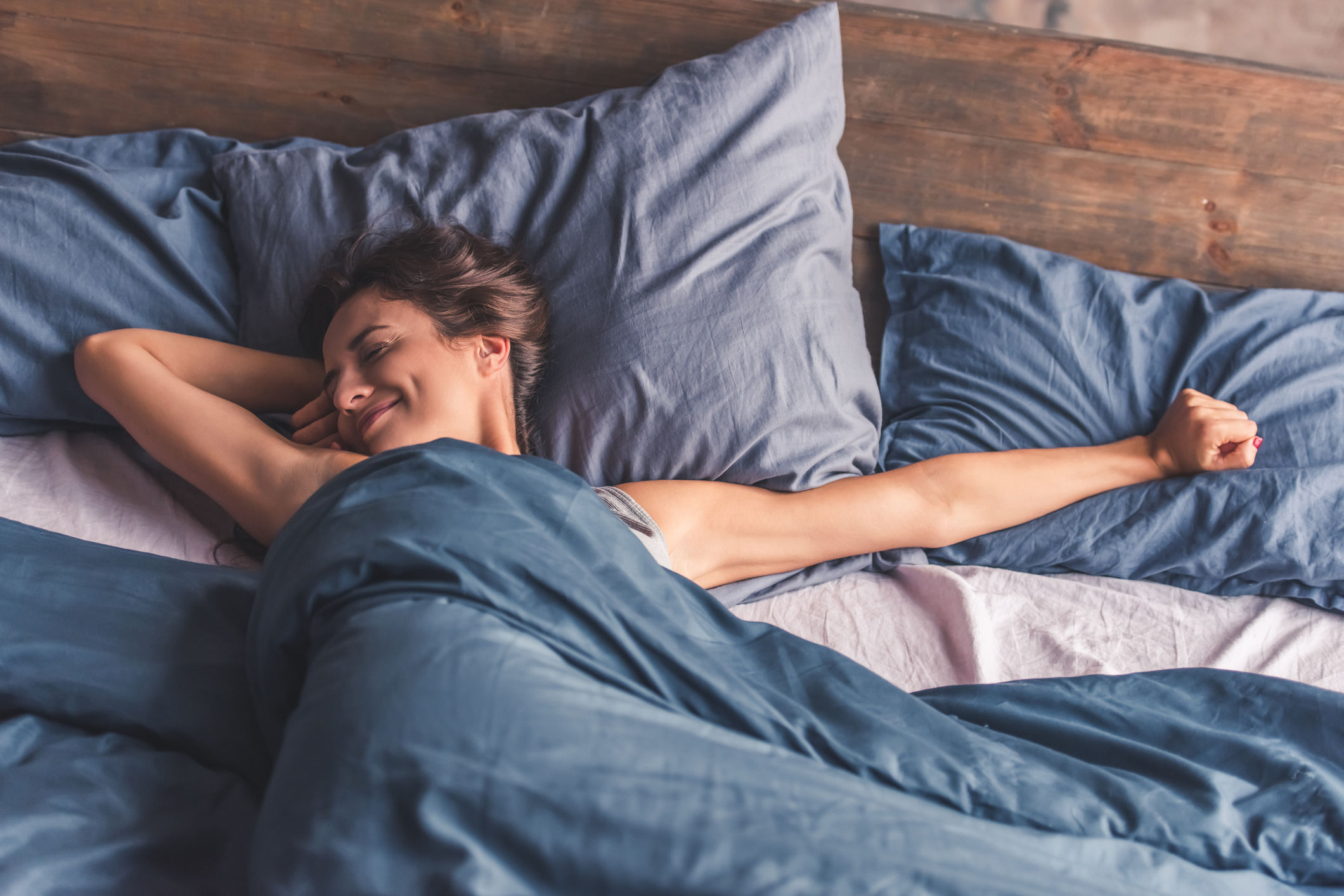Drift Off to Sleep Easier by Making Yoga Part of Your Bedtime Routine
Drift Off to Sleep Easier by Making Yoga Part of Your Bedtime Routine
Written by Samantha Kent
Many people don't get enough sleep at night. In fact, a study recently showed the average person in the UK under sleeps by an hour each night. But yoga can help: a study of staff nurses found that those who practice yoga had better sleep quality and lower work stress than those who did not practice yoga.
Why You Need a Bedtime Routine
When you think of bedtime routines, babies and toddler bedtime routines may come to mind -- but bedtime routines are for everyone. Consistency and predictability are helpful for sleep. When you go through the same routine every night just before you go to bed, your body gets the signal that it's bedtime, and time for you to start feeling sleepy and relaxed.
Yoga can be a particularly beneficial part of a regular bedtime routine. More than 55 per cent of yoga users report that they have improved their sleep with yoga, and more than 85 per cent have reduced stress. Yoga can be an effective treatment for insomnia, improving sleep quality - your ability to fall asleep quickly and stay asleep.
Creating a Healthy Bedtime Routine With Yoga
Your bedtime routine doesn't have to be complicated to be effective. Simply going through the same few steps before bed, however simple, can help you relax and prepare to go to sleep. If you need help figuring out what a healthy bedtime routine including yoga looks like, consider these tips:
Stop screen time at least an hour before bed. Screens are everywhere, even in our bedrooms. But the blue wave light from screens can be harmful to sleep, as it can confuse your circadian rhythm into thinking it's daytime and time to be alert -- too alert to go to sleep. At least one hour before bed, stop using screens, including your laptop, TV, and mobile devices.
Practice meditation. With or without yoga, meditation can help you clear your mind, relax and go to bed feeling calmer and more refreshed. Consider breathing meditation, progressive muscle relaxation, counting meditation, or guided meditation.
Try easy, relaxing yoga poses. Bedtime yoga is meant to offer a calm, relaxing flow. Don't try out anything new or challenging, go through familiar poses that you enjoy, and you know make you feel relaxed and centred.
Practice yoga in bed. Yoga doesn't always have to be done on your mat. In fact, it's possible to practice yoga in bed. Try a spinal twist, corpse pose, happy baby, and other simple yoga poses in bed before you fall asleep. But keep in mind that a firm mattress is needed to do poses well, as you'll sink too deeply into a mattress that's too soft.
Stay consistent. The best bedtime routine is a consistent one that you follow regularly. This routine helps to strengthen the association with your bedtime routine and sleep. Make sure you're doing your yoga routine every night, or on a regular, predictable schedule.
Samantha Kent is a researcher for SleepHelp.org. Her favourite writing topic is how getting enough sleep can improve your life. Currently residing in Boise, Idaho, she sleeps in a California King bed, often with a cat on her face.
Facebook: https://www.facebook.com/SleepHelp.org/
Twitter: https://twitter.com/help_sleep

